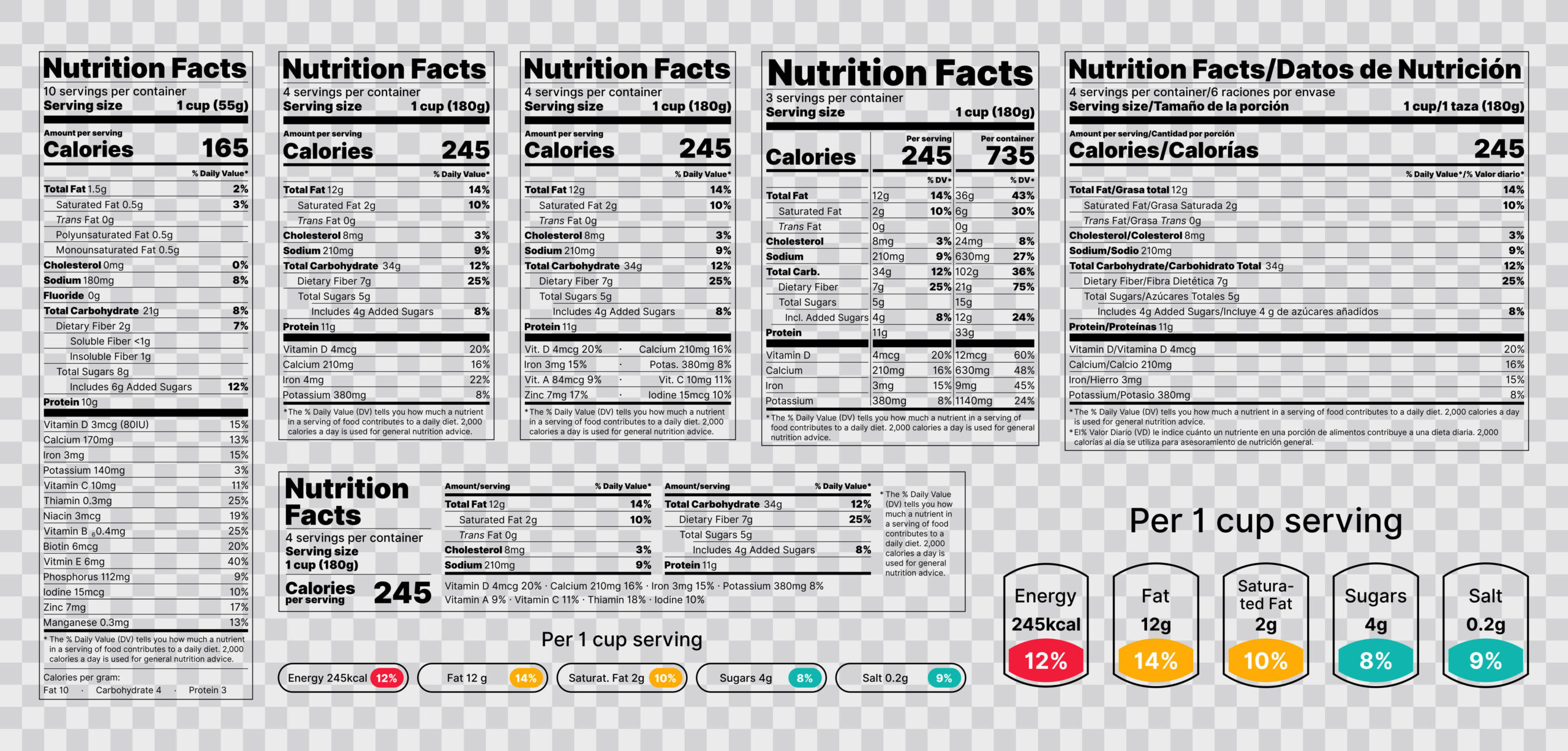Shopping for nutritious, tasty, and affordable groceries has become a challenge for many people trying to eat a healthy diet on a budget. There are so many things to consider: added sugar, carbs, fats, preservatives….the list goes on. But our purchasing habits are also influenced by messaging on food packages that a new study has found can influence how we evaluate grocery store products for nutrition, taste and freshness.
According to a recent healthing.ca post, researchers from Ohio State University found that food labels had a major influence on how consumers thought about foods. By highlighting the positive attributes and claims on food packaging, brands can sway people’s feelings about their purchases. Because of this influence, it’s important for consumers to better understand food labels. “New and Improved” labels do not always correlate with greater quality or taste.
The U.S. Food and Drug Administration (FDA) has created a tool to help older adults make informed food choices that can affect their health and wellness. The Nutrition Facts label can be found on packaged foods and beverages. In addition to listing the calories and nutrients in foods, the Nutrition Facts also indicates serving size which many people miss when selecting and eating foods.
Using a 2,000 daily calorie count as a general guide for nutrition advice, older adults can use Nutrition Facts and % Daily Value (%DV) listed on labels to help them get adequate nutrients and stay within a recommended daily calorie count. The FDA advises older adults to look for packaged food that is higher in dietary fiber, vitamin D, calcium, and potassium and lower in saturated fats, sodium, and added sugars.
Although it’s ideal to choose fresh, seasonal fruits and vegetables, whole grains, low-fat dairy, and lean protein from the perimeter of the grocery store, rather than rely on packaged and prepared foods, this is not always possible for seniors on a limited income or who are not able to shop often or in-person. To learn more about food group targets and for a personalized food plan, visit the U.S. Department of Agriculture’s My Plate website to get started on healthier eating.






Add Your Voice
0 Comments
Join the Discussion